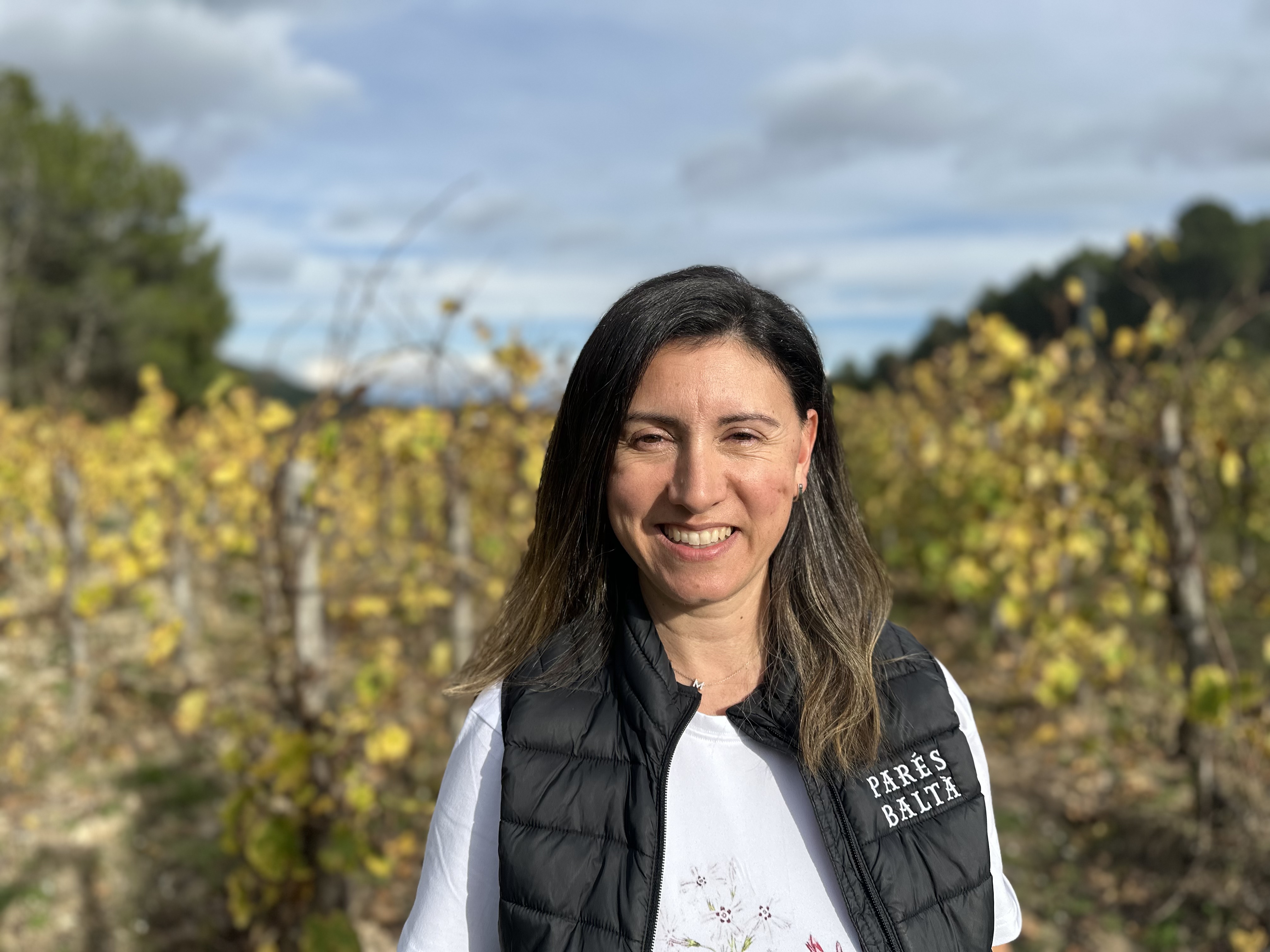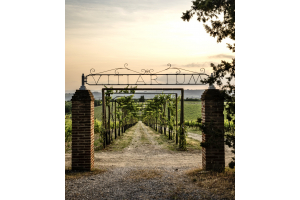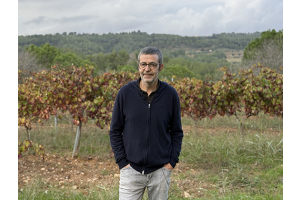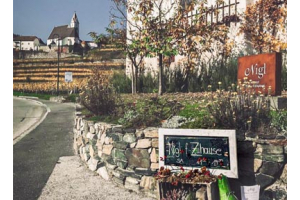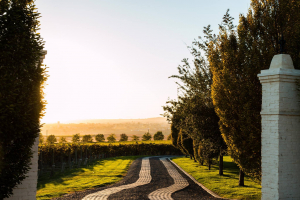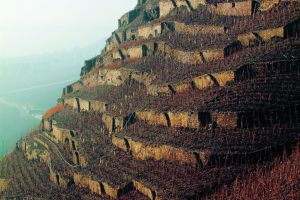We paid $7.25 for a 1978 Château Meyney in 1981. That same year, we spent $12.99 – the equivalent about $45 in today’s dollars – to buy a 1979 Ste. Chapelle Chardonnay from Idaho. Why in the world did we do that? Because we’d never seen a wine from Idaho before.
Monthly Archives: December 2024
- December 27, 2024
Parés Baltà is a family-owned winery located in the Penedès region of Catalonia, Spain, with a winemaking history dating back to 1790. The winery is currently managed by the third generation of the Cusiné family, specifically Joan and Josep Cusiné, along with their wives, Elena Jiménez and Marta Casas, who serve as the lead winemakers.
- December 13, 2024
Around this time of year, we cheer “Out with the old and in with the new!” If that’s a sentiment we truly embrace, why do we celebrate with the same old Champagne? Look, we understand: The holidays don’t seem like a good time to take a risk. So too often for our special bubbly -- the one we share and care about -- we end up spending around $70 on a reliable, well-known label. Sometimes sameness can be comforting.
- December 07, 2024
Time, in the right hands, can do remarkable things.
That magic is especially evident in Port, where extensive aging in barrel or bottle (depending on the type of Port) helps integrate the layers of flavors, tannins, and alcohol. Port is a unique category of wine where the tradition of fortifying the aggressively extracted wine with grape spirits requires the necessary time to rest and develop. Port is also a complicated wine with different labeling indications that reflect the different styles and flavor profiles. But most unfortunately, Port is often misunderstood as merely a dessert wine due to its sweetness and alcohol level (20%). Port should really be seen as a time capsule that has the ability to transport flavors of previous generations in a bottle.
At Kopke, one of the oldest Port houses in Portugal, they continue the legacy of producing traditional Port. They have an extensive inventory of aged Tawny Port (especially White Tawny Port, a very niche category of Port wine) dating back to the 1930s that are still maturing in their cellars, only being bottled and released when specifically requested. These wines are truly from another time, and have been handed down to the following generations to maintain and care for.
As Carla Tiago, winemaker at Kopke, puts it, “…we are bottling wines that were made several generations ago. Our job is to take care of these wines made by the people that came before us, make sure they are maintained in proper conditions, and make new wines for the next generation.”
Grape Collective talks to Carla Tiago about Kopke’s tradition, the different categories of Port, and her thoughts on the future of Port.

